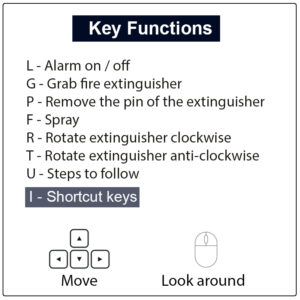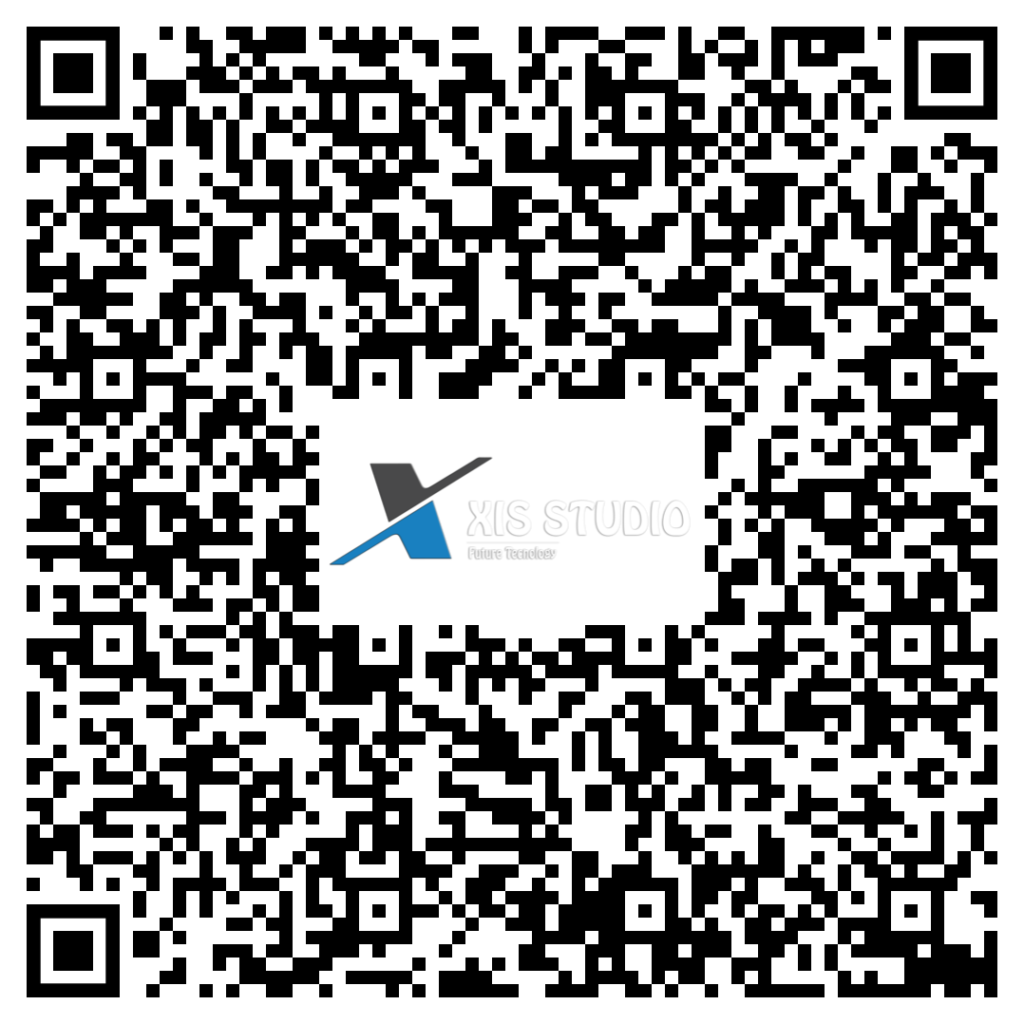Case Study
VR Training for Fire Safety Awareness
A mid-sized manufacturing firm, recognized the need to enhance its fire safety protocols. Traditional fire safety training methods, such as lectures and instructional videos, were deemed insufficient in fully preparing employees to respond effectively in real-life fire emergencies. To address this, A manufacturing firm implemented a 3D interactive Virtual Reality (VR) training program designed to provide immersive, hands-on fire safety training to all employees.
Objective
Recognize Different Types of Fires: Learn to identify various fire types (e.g., electrical, chemical, grease) and understand which fire extinguishers are appropriate for each.
Respond Quickly and Correctly: Practice activating fire alarms, selecting the correct fire extinguisher, and applying the correct method to extinguish the fire.
React to Different Scenarios: Experience multiple simulated fire scenarios that could occur within the workplace, teaching them how to respond according to established safety protocols.
Methodology
The VR training program was developed in collaboration with a VR content creation company specializing in safety simulations. The training was designed to be interactive and scenario-based, immersing employees in various fire-related emergencies within a virtual environment that closely resembled their actual workplace.
Development of Scenarios:
- Different types of fires were simulated, including electrical, chemical, and kitchen fires, each requiring different extinguishing methods.
- Employees were tasked with recognizing the type of fire, locating the nearest fire alarm, and choosing the appropriate fire extinguisher.
- The scenarios also included elements of panic and confusion to mimic the pressure of a real emergency.
Training Implementation:
- All employees were required to participate in the VR training sessions. These sessions were conducted in small groups, with each employee donning a VR headset.
- The training began with a brief tutorial on using the VR equipment, followed by guided practice in a controlled environment.
- Employees then engaged in the various fire scenarios, where they had to follow the steps learned during the initial tutorial.
- Real-time feedback was provided within the simulation, allowing employees to learn from their mistakes and improve their responses.
*Experience a desktop-optimized sample of our interactive scenario below. Use the function keys provided to navigate smoothly and engage more effectively.

Results
The implementation of the VR fire safety training program yielded significant improvements in employee preparedness and confidence:
- Increased Awareness: Employees reported a heightened awareness of fire safety, including a better understanding of the different types of fires and the appropriate response for each.
- Improved Response Time: Employees demonstrated quicker reaction times in recognizing and responding to fire emergencies, significantly reducing the time it took to activate fire alarms and use fire extinguishers correctly.
- Enhanced Engagement: The interactive and immersive nature of the VR training resulted in higher engagement levels compared to traditional training methods. Employees found the experience more enjoyable and impactful, leading to better retention of safety protocols.
Challenges and Lessons Learned
The implementation of the VR fire safety training program had significant improvements in employee preparedness and confidence:
- Technological Learning Curve: Some employees, particularly those less familiar with technology, initially struggled with the VR equipment. Additional support and practice sessions were provided to help them acclimate.
- Cost Considerations: The initial investment in VR equipment and software development was substantial. However, the long-term benefits, including improved safety outcomes and reduced risk of fire incidents, justified the expense.
Conclusion
The introduction of 3D interactive VR training for fire safety at manufacturing firm proved to be an innovative and effective approach to enhancing workplace safety. By immersing employees in realistic fire scenarios, the training successfully equipped them with the knowledge and skills needed to respond quickly and correctly in the event of a fire. The positive outcomes of this training program highlight the potential of VR technology as a powerful tool in safety training across various industries.


